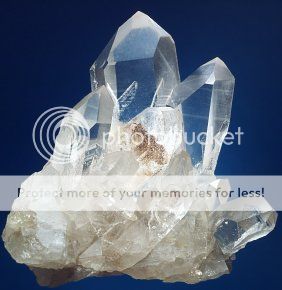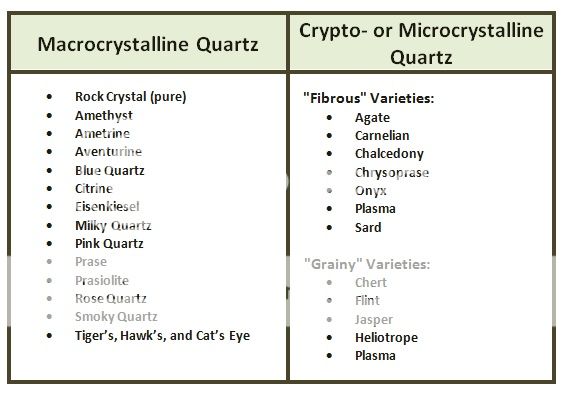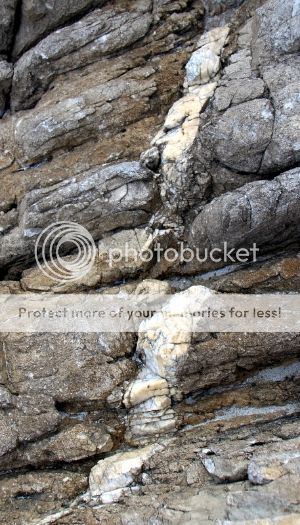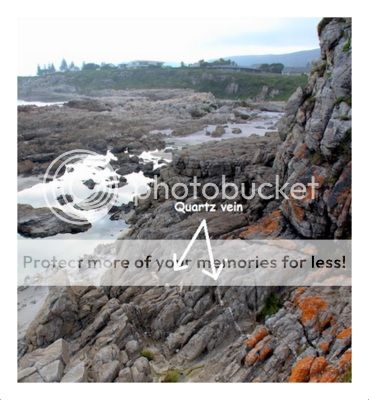Quartz

Quartz is a term that includes both well crystallized and compact forms of silica and is the second most abundant mineral in the Earth's continental crust.
Initially, the different quartz varieties were considered species of their own and not grouped together until their common silicate nature was discovered by Swedish chemist, Torbern Bergman at the end of the 18th century. For some time silica was considered a chemical element, until finally in 1823 Jöns Jacob Berzelius decomposed quartz and discovered it is the chemical compound of oxygen and a new element, silicon to form silicon dioxide (SiO2).
After it was realized that all quartz varieties are chemically the same substance, they were divided into two main groups: macrocrystalline quartz and crypto- or microcrystalline quartz.
Classification:

Colourful microcrystalline quartz:
Pure quartz (rock crystal) is colourless and transparent, while coloured varieties result from a range of different mineral impurities, for example:
- Citrine ranges from pale yellow to brown due to ferric impurities;
- Rose quartz is a pale pink to rose red as result of trace amounts of titanium, iron, or manganese;
- Amethyst is a lilac to deep purple quartz variety due to the presence of iron combined with irradiation causing electron loss;
- Smoky quartz is brownish-grey to almost black as caused by irradiation and traces of aluminium built into the crystal lattice;
- Milky quartz is the most common variety. The white colour is caused by minute fluid inclusions of gas, liquid, or both, trapped during the crystal formation.

Quartz Veins
Quartz is often found in veins that cut through rocks and take the appearance of thin, intrusive quartz sheets blanketed between layers of host rock.
Quartz veins can form under various conditions and depending on these conditions, may be opaque, translucent or a mixture thereof, homogenous or layered and it also may or may not bear quartz crystals.
 The simplest type of a quartz vein is the intrusive filling of an already present rock fracture. This fracture crack might have developed during folding of the rock in mountain-building processes, shattering during tectonic events, decreased pressure during the upliftment of rock, or because a rock cools down and shrinks.
The simplest type of a quartz vein is the intrusive filling of an already present rock fracture. This fracture crack might have developed during folding of the rock in mountain-building processes, shattering during tectonic events, decreased pressure during the upliftment of rock, or because a rock cools down and shrinks.
When hydrothermal solutions rich in dissolved silica and originating at great depths and under high temperatures percolate upward through the rock layers, the suspended minerals precipitate as quartz in these pre-existing fractures and cracks as it reaches areas of lower temperatures and pressures along its way. This process may continue until the crack is completely filled or may stop early, leaving "pockets" in the vein that are sometimes outlined by crystals.
When a solution cools rapidly, most of the silica load precipitates quickly resulting in homogenous layers of milky quartz. Later, when the crystal growth slows down, the crystals may become less milky or even clear and in cases where most of the material is precipitated during the early phase, veins may show symmetric zoning where the outer parts bordering the host rock are made of early milky quartz precipitates while the core is made of later translucent quartz or even clear crystals.
Hydrothermal solutions may enter the rock in several successive phases, and the result is a layered pattern of alternating milky and translucent zones. Sometimes coloured minerals precipitate along with the quartz and amplify this pattern. An example of this is chlorite often found in quartz veins. Its major growth phase tends to be at lower temperatures than quartz and at the time the quartz crystal growth wanes. This may result in central dark green lines of chlorite within the vein. And, finally, for those still hoping to hit the jackpot, valuable mineral ore precipitates such as gold, iron and copper are also occasionally found within certain quartz veins... but, mostly up north and at much deeper levels!
Text and Photograph Sources:
- http://en.wikipedia.org/wiki/Quartz
- http://www.quartzpage.de/gen_occ.html
- http://blogs.agu.org/mountainbeltway/2012/09/05/coast-of-hermanus-quartz/
The Fine Print: Questions & Directions:
 From the designated parking area, turn off the paved coastal walkway near the bench and continue a short way to your right along the faint path towards Ground Zero.
From the designated parking area, turn off the paved coastal walkway near the bench and continue a short way to your right along the faint path towards Ground Zero.
Have a look at the vein indicated in the photo and give your opinion as to the questions below.
-
In your own words, describe how you think the vein had formed.
-
Describe the general appearance of the vein in terms of the presence or absence of crystals, layering if present, quartz type and level of translucency. Explain why this level of translucency is most likely present.
-
Estimate the diameter of the vein at its point of maximum width.
Remember to accompany your log with an email as lonesome logs will be deleted.
Suikerbossies are a South African geocaching team.
You can follow our adventures on our Facebook Page Suikerbossies Geocaching Adventures.
| Suikerbossies have earned GSA's highest level: |
 |
